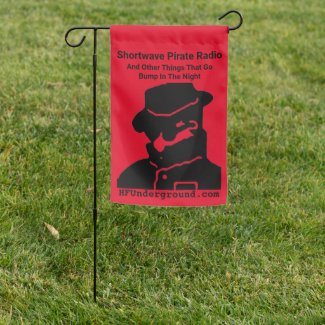Have you tried your GPSDO timing offset technique on time signals from known transmitters? Perhaps WWV on 5000? It would be a good way to validate if the derived range to the unknown emitter is reasonably accurate.
I am going to pretty much repeat a lot of what GrahamC said, sorry, I typed it and responded before I saw his response

That will teach me to read to the end of the thread before I respond, but my phone showed your post as the last one on the page... DOH!
With these kinds of range rings the derived range to the unknown signal is only accurate assuming the start time of the unknown pulse is triggered by / simultaneous to the GPS time. However, if you do know the start time of the pulse, for example if the pulse is triggered with minimal delay from a UTC disciplined source, then the total range, including ionospheric reflections, will be included. It is physics, and pretty easily defined. The delay behind UTC second will be equal to the distance radio waves travel in that time.
You will also have to account for any delay your radio puts in the signal, and this can be a sticky issue, as DSP radios can have highly variable delays. SDRs are even worse. But the technique of feeding your 1 PPS reference into the antenna normalizes the delays. I do not do that, however I use analog receivers with fixed delays, and I have characterized the delays of the receivers in each mode/filter/decay/etc setting, so I know the delay through the receiver.
If two people get timing on this type of signal (simultaneous with UTC second) it will result in two range rings, one from each receive source. Those two rings will intersect in two places, roughly the two possible source locations. Add a third person and all three range rings will intersect in only one place. There will be variables in each range ring. For example, if one person is far enough from the source to be receiving via double hop, and the other two are single hop, then the plotted position will be shifted in a direction away from the double hop receive location. But, if all three are the same number of hops away it is possible to get some pretty accurate results, not down to city blocks but down to a few tens of miles are quite easily possible.
Using this technique, and treating such known location signals as WWV as "unknown" sources, we have been able to get results inside 25 miles of the actual location. This with receive locations more than 1000 miles away.
Several of us here on HFU have been playing with a similar GPS derived timing technique to DF targets for a few years. Including targets that are not triggered by / simultaneous to UTC second. With such targets you use TDOA (Time Difference Of Arrival) to plot curves, vs range circles, but the idea is pretty much the same.
T!



